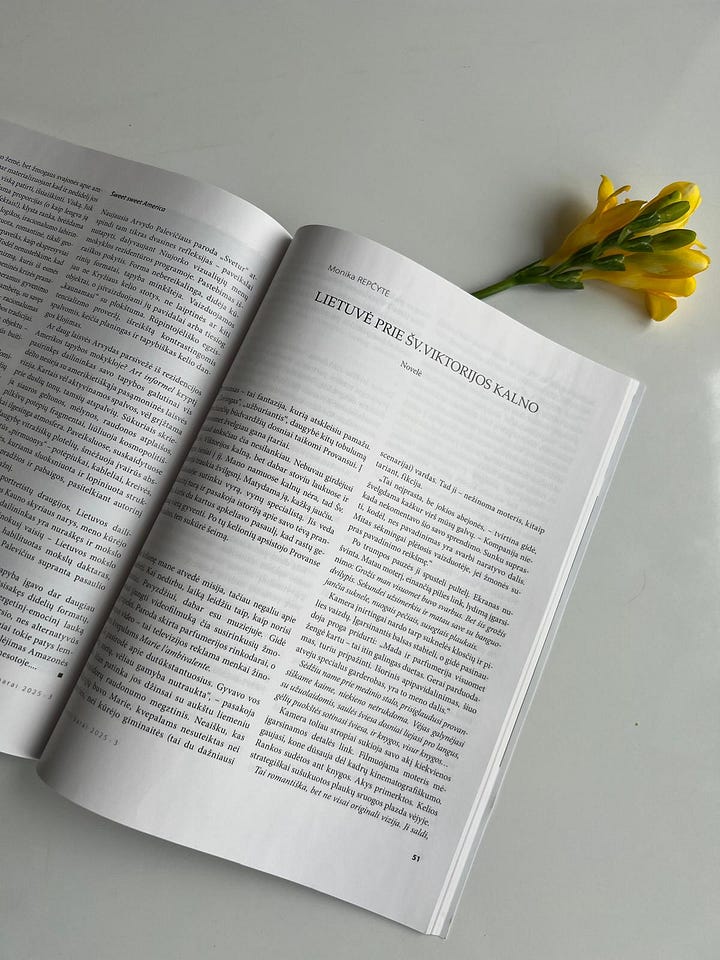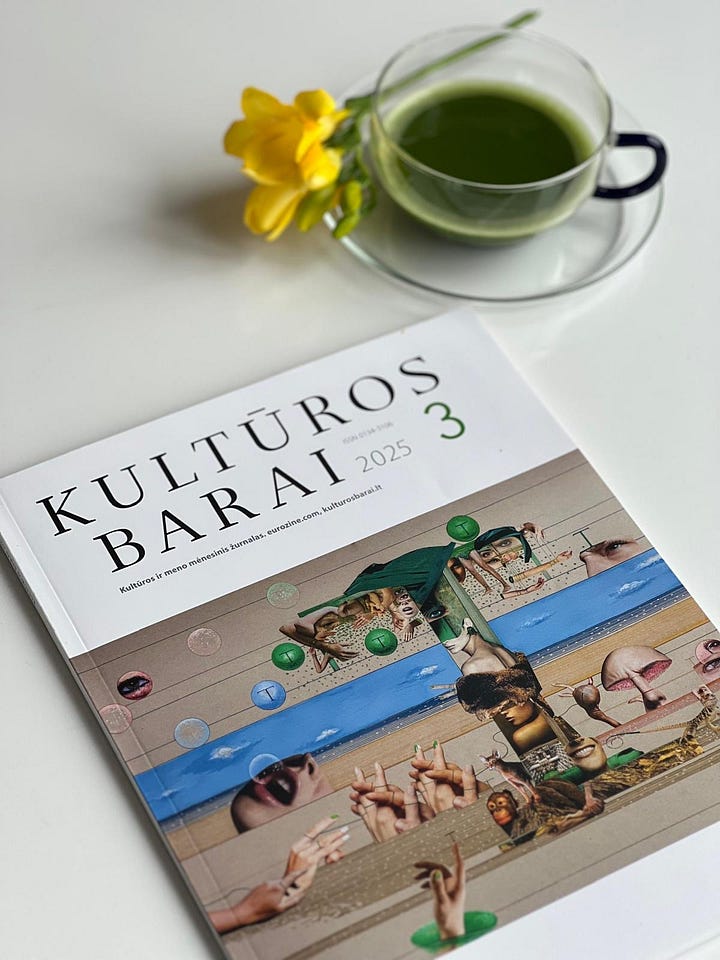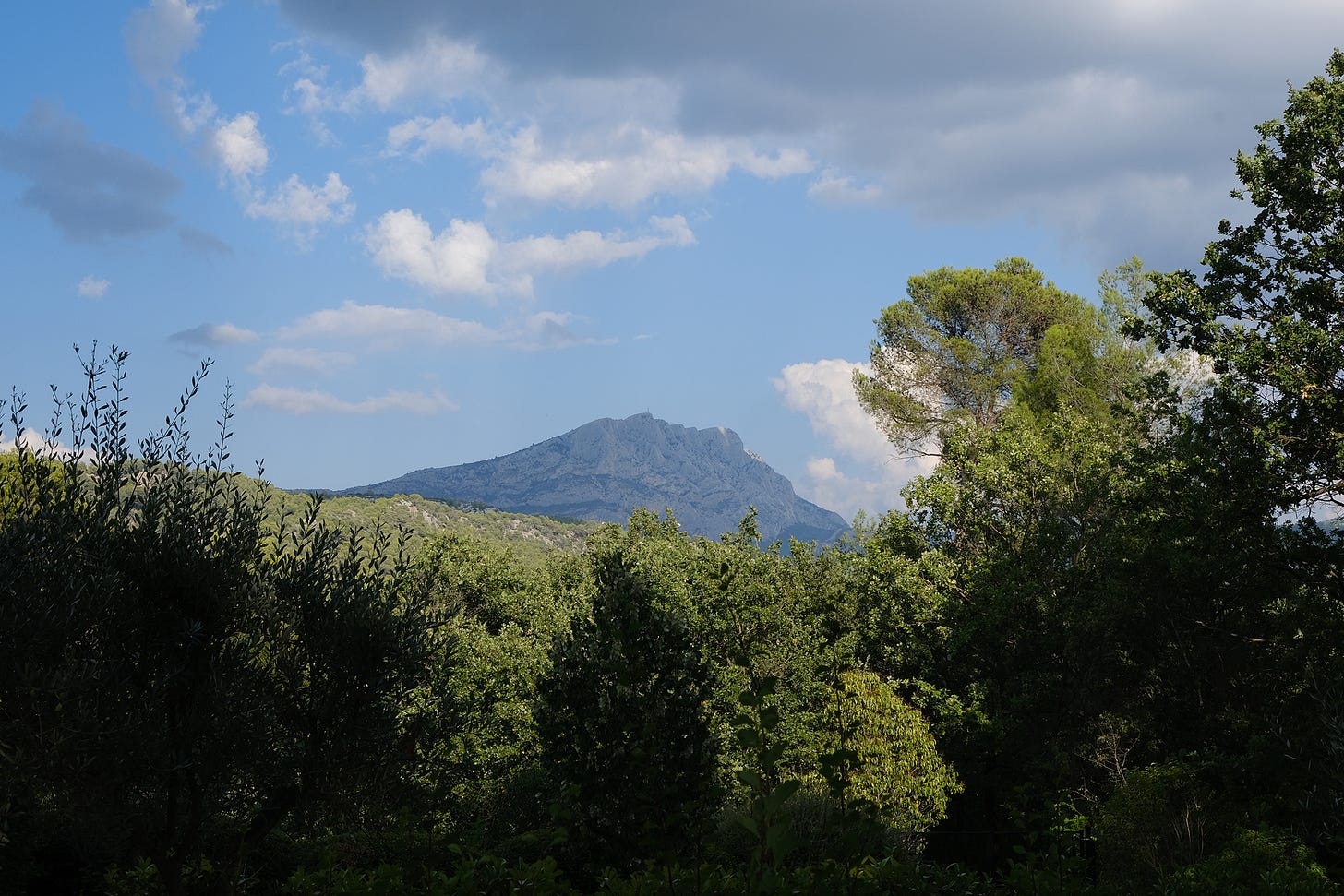what can fiction do?
reading Une Vie by Guy de Maupassant and Prairie, Dresses, Art, Other by Danielle Dutton
The 4 p.m. breeze ruffled the curtain. The room was full of gentle swishing punctuated by a coquettish song of birds. Mae had one bag. They had picked her up from the run-down train station in a jeep and brought her to this house. She unlocked her room with a small key.
The breeze ruffled the curtain. Mae pushed it aside, revealing a humongous, rugged mass outside the window. It was a volcanic mountain veined with black, grey, and brown crevices, as if filled in with a pencil by a shaky hand. On the right, far away, a strip of an ocean could be seen.
There was a small coffee maker by the window. Mae placed a cup under the spout and gently lifted the lever. For Mae, coffee pods always seemed a little strange. She rolled one between her fingers, eventually put it into the slot, closed the lever, and pressed the button. Out came a swirling, steaming liquid.
Mae was certain there was something tying her to Mongolia. Endless steppes covered her nights. “My subconscious is made of steppes,” she thought after sixteen nights of recurring dreams. And then there was her grandmother’s photograph. Raised by an aunt who said four sentences per day (she knew no other family member), Mae existed like a blank slate. But lately, she’s been longing to learn something, and since she can’t wrench a bit of information out of her aunt, she turned to the town hall archives. They found a picture of her grandmother. Mae took one look and thought about Mongolia again, even if the photograph didn’t suggest anything about it.
Mae sipped her coffee and thought about the next day. They would take her to a woman who might know something about Mae. She hoped they were right.
This story is fiction, yet its roots are all around. I see a mountain, but it is slightly different, uniformly brown. The room has blinds instead of curtains and no coffee maker. When I write a story, I usually pick a few details—I especially like when they are from different places and different days (even years)—and look for the most pleasing ways to put them together.
My first purposeful thinking about fiction happened in high school. I had an A4 notebook for writing down character traits, nature symbolism, and metaphors. According to the education system standards, I was good at analyzing fiction—I knew what to “think” after reading a story. (In the years that followed, I had multiple offers from younger students and parents looking to purchase the notebook).
I rarely, if ever, think about the fiction we were assigned to read back then. My real purposeful exploration of fiction started years later. After school, after studies, after multiple shocks of the early twenties. Gone were the straightforward explanations of what a novel or a short story is (try reading Italo Calvino, Jeanette Winterson, or A.S. Byatt and applying the usual literary frameworks to them). I see a parallel: as my understanding of fiction lost all rigidity, so did my understanding of being a person. I became more open and more accepting of all the different emotions I experienced. For this alone, I see adulthood as a beautiful, blossoming process.
I used to see fiction as imagination organized into a story with definable rules; I now see fiction as a space. It could be a space for a linear story with a plot, but it could also be a space for something else. My favorite experiment in fiction is replicating the texture of another medium: a painting, a scene from a film, or a physical object. Last year, I worked on a story where I wanted to replicate a film scene I had watched—a car crash—so closely that the reader could smell the burning rubber. I found it thrilling to spend hours rewinding the scene, plucking out the details and putting them in the text, wondering how to locate that point when the smell of rubber starts seeping in, never sure if such a goal could be attained, but persisting nevertheless. I thought that if even one person felt something like that, my exercise would be a successful one.
The cover of Une Vie by Guy de Maupassant has a gilded design, immediately suggesting this will be a story from the capital S. It is a nineteenth-century novel. I expect something solid, expected, with a cohesive narrative. Most likely, an inquiry into the human condition.
For the first few pages, I labor through the maze of intricate French descriptions, looking up a handful of words whose meaning I do not know. It takes a little bit to get into it, but I immediately feel sympathy for Jeanne, the novel’s protagonist. Jeanne is a young dreamer. Fresh out of the convent (where her life was presumably so dull it’s not even on the page), she dreams of life’s delicious fruit and all the adventures she could have. Her heart is constantly trembling in the delicious anticipation of her life.
However, she meets a suitor rather quickly. Things happen at such speed that Jeanne herself is surprised. I watch her closely, a nasty dread curling in my stomach. I watch nature very closely, too—it often foreshadows Jeanne’s mental state. Maupassant has an astonishing ability to depict nature. His sentences have a photographic quality and are deliciously inventive. On the very first page, Maupassant writes how the rain washes and melts the earth as if it were a cube of sugar. Wide yellow fields under the nocturnal light are compared to butter. The sun’s power is evoked many times. It can be devouring or coquettish, enveloped in the delicate layers of mist. The sea is a “monstrous fiancée” of the sun. The waves foam like champagne. The flowers in Corsica have a strong and biting aroma. Maupassant’s fiction carries a degree of exaltation that puts the reader in Jeanne’s state of mind and makes her feel nature like Jeanne would.
“One sometimes weeps over one's illusions with as much bitterness as over a death.” Jeanne’s story is an inquiry into the heartbreaking aspects of life, a repertoire of disappointments. But there’s also beauty and lighter moments that fall like gentle sunrays on this otherwise gloomy story. Maupassant’s fiction can do many things. For me, its greatest power lies in portraying a life with both tenderness and keen insight.
Turning away from the melancholy of Maupassant, I open the Notebook magazine. Reading nonfiction, whether it’s an interview or creative reporting, often gives me new angles to reflect on fiction. Here are thoughts by Kevin McCaughey (article “Authentic Bootlegs: Translating Movies into Merch”) where he discusses the production of T-shirts: “There’s something to be said about the way we organize material on objects and the way movies are made, too—an emphasis on montage. I think a lot about the relationship between the film essay and the T-shirt as an essay. Graphics are props; soundtrack is color.”
I might sound geekish, but I could spend hours thinking about this. One of my biggest inspirations is cinema, and I often wonder how to bring cinematography into text. If the story were a film, what would be its props and soundtrack? What makes one paragraph look like a film shot and another not so much? There must be something special about the cadence, the perspective, and the amount of information revealed. Scarcity—two or three purposefully selected and well-developed details—is more cinematographic than a deluge of information.
Prairie, Dresses, Art, Other by Danielle Dutton discusses and portrays the experimental, unconventional kind of fiction I’m interested in. It contains both fiction and thinking about fiction. If Maupassant’s book cover signals qualities of a traditional story, this one’s like a playful pack of cards, inviting the reader to be surprised. I expect something fluid, unexpected, and very aesthetic.
“Prairie” offers a few short stories, and what I find compelling about them is not what happens in them but how sentences in them portray specific mechanisms. For example, how objects in space interact with stray thoughts in our mind: “At the line where water meets sand a thought is taking shape: Has this day happened before?” Or how looking at nature (with a naked eye) can bring to mind other tools of looking: “The tallest thistle brings to mind a camera, possibly alive, a sentient alien technology transmitting news of Earth.” A sweet synchronicity: if Maupassant’s depictions of nature involved sugar and butter, here’s Dutton’s: “The water is brown like chocolate milk but lit as from within, and hidden branches catch and scratch her legs.”
From these stories with haunting, fleeting imagery, we move on to “Dresses”, which is an exercise that recounts sixty-six dresses pulled from other writers’ work. As someone who has been interested in fashion for years and has always appreciated its presence in fiction, I expected to enjoy the descriptions of colors, cuts, and materials. While I did take pleasure in that, something unexpected happened. As I carefully read through the sentences, I began to notice how often the dresses revealed the underlying realities about a woman's circumstances. They were often cruel, sometimes violent. Assembling these fragments is not an aesthetic exercise but a means of uncovering how a particular object—a dress—illuminates aspects of the protagonists' lives.
In the “Art” section, Dutton asks: “How might a story embody a specific way of looking?” She describes Eley Williams’s efforts of translating the impact of Bridget Riley’s painting: “The story goes on in this way, dizzying the reader with its busy sentences of black-and-white imagery, creating a vertiginous intensity that is very like the Riley, but all its own.” A dizzying exercise, isn’t it? The success of such an exercise, I think, depends not only on the writer’s alertness to the nuances of the pictorial matter but also on the reader’s sensitivity and familiarity with the context. While these stories may initially feel disorienting, they can nonetheless act as exercises in sharpening perception—for both the writer and the reader. If the reader finds herself compelled to such writing, it may even heighten her attentiveness to other forms of art. There’s something playful about this kind of interplay that can shift the reader’s perception in ways that linger long after the story ends.
Dutton’s fiction, just like Maupassant’s, can also do many things, but for me, its greatest strength is inventiveness. It stretches out rather than conforms to existing criteria. It invents new categories and new ways of looking.
Nowadays, it seems rather difficult to create outside of format-dictated boxes, as even the most mundane thoughts (especially if shared online) are shaped by platform requirements. In creative writing, there are often publication and agent-imposed guidelines that must be navigated. It takes an active effort to shift and see what kind of writing possibilities are outside of these limitations.
Reading books by Maupassant, Dutton, other authors, as well as magazines, nonfictional stories, and random articles I stumble upon in cafés—everything, truly—helps me understand what I most respond to at this moment and how I want to arrange my fictional worlds. I’m grateful for that.
writing & other news


One mountain meets another: my short story „Lietuvė prie Šv. Viktorijos kalno“ ("A Lithuanian Near Sainte-Victoire") has been published in a Lithuanian literary magazine Kultūros Barai.
The story was inspired by the Provençal landscapes (notably the Sainte-Victoire mountain) and surrealism. I wanted to present a protagonist whose inner weather depended on her surroundings and sights, whether she was looking at a perfumery ad, a painting, or the glittery walls of Roussillon. The little towns and museum visits soak her senses... I hope the reader will feel a little bit of that, too.
I am happy this story has found a home. Find your copy of Kultūros Barai in local shops!
Share your thoughts on fiction (What does fiction mean to you? What can fiction do for you?) or any other thoughts by sending me an email: monika@jelistrop.com.







